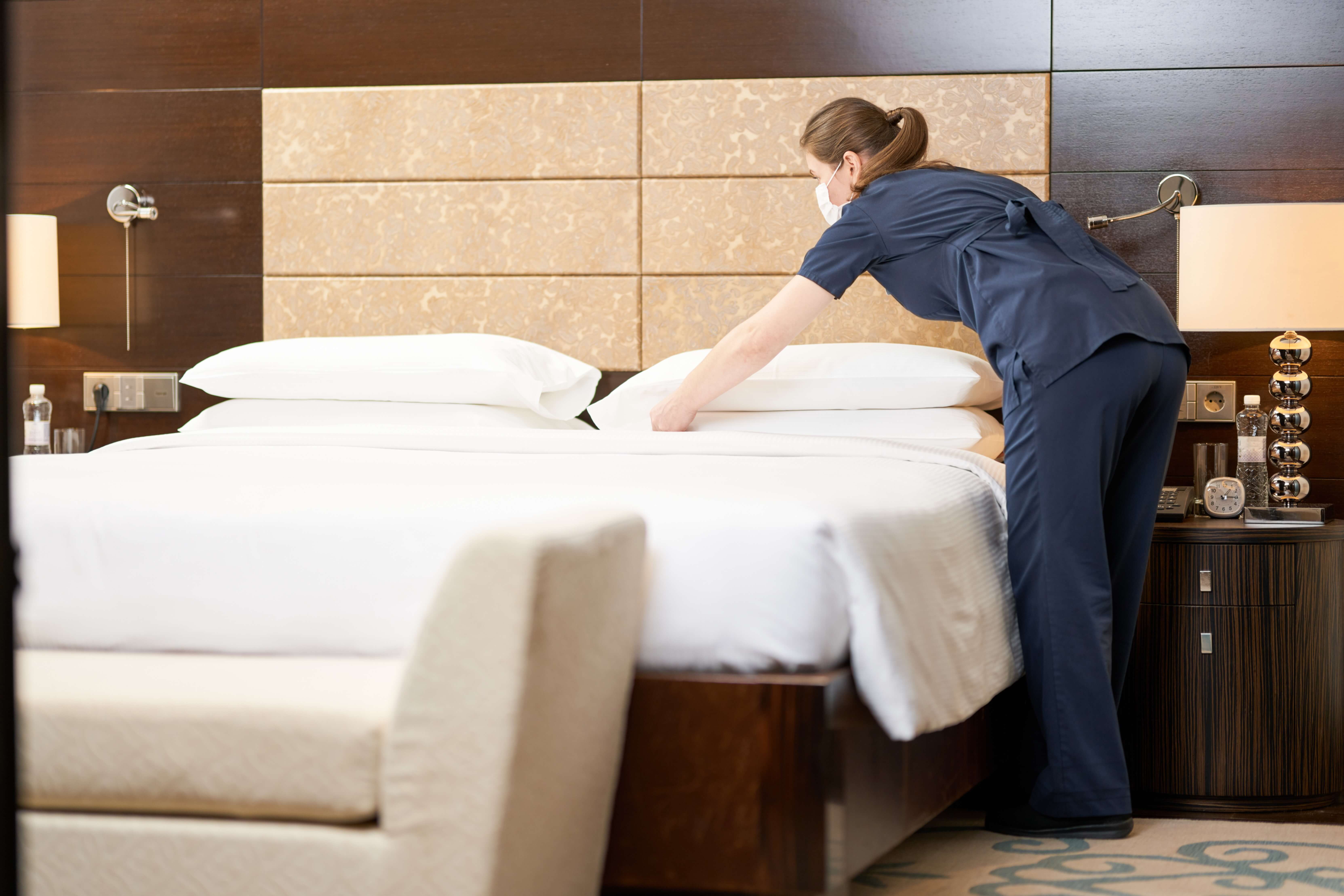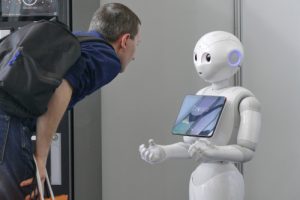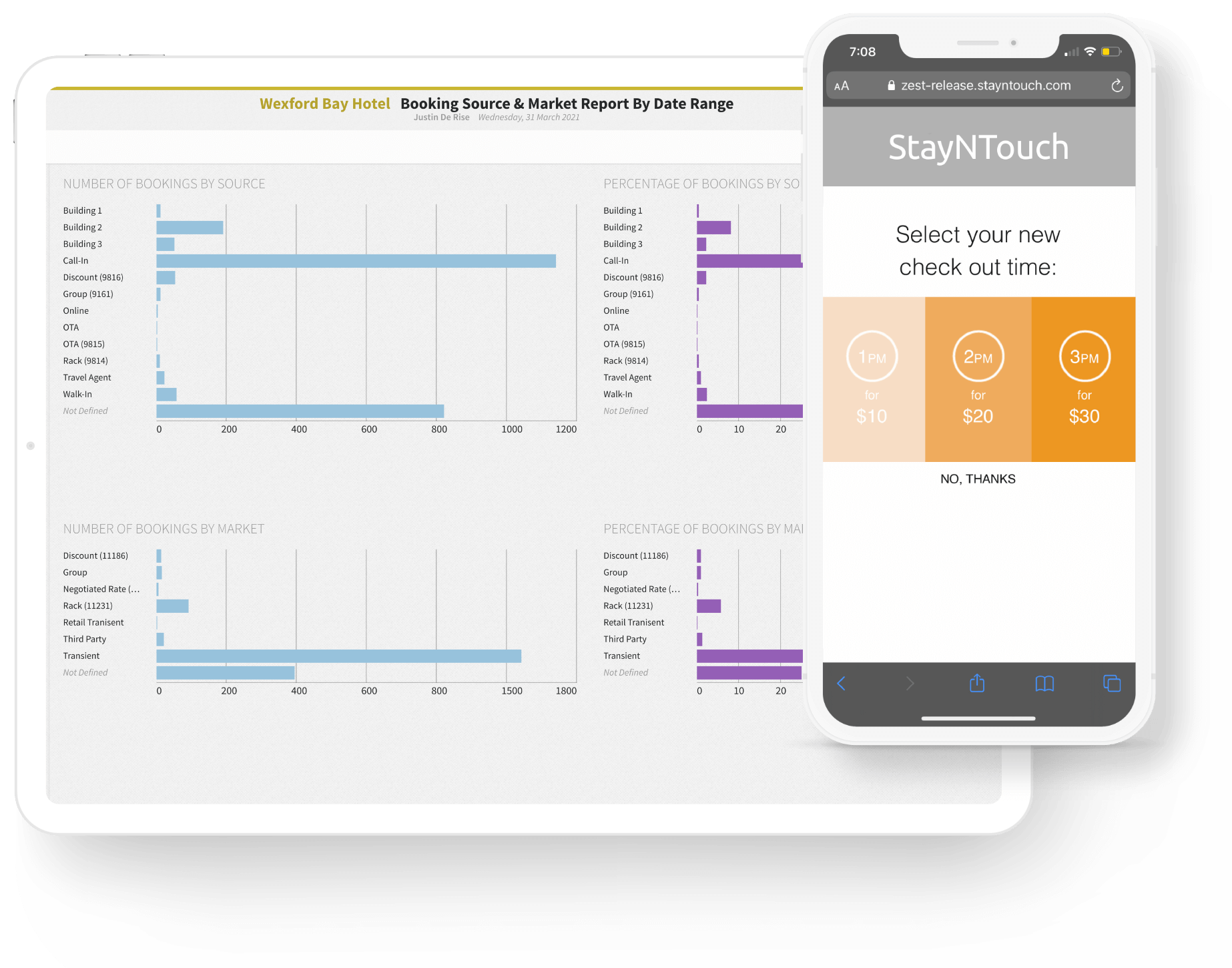Customer engagement and satisfaction is one area that is continually linked with a shift towards automation, especially as AI and self-serve platforms become more developed and gain further recognition for their ability to drive efficiencies whilst offering customers speed and convenience. By 2020 – which is only a few short months away, it predicted that 85% of customer interactions will be managed without people and customers will still have “conversations” with businesses – but without the need for staff.
When it comes to the hotel industry, traditionally, the guest experience has been defined by human interaction(s) between guests and staff but over the past few years, as technology evolves and guest expectations change, self-service is now becoming an expected part of the travel experience. Guests expect ever more personalized, convenient and streamlined interactions with hotels and their staff. This leaves travelers preferring self-service options that prioritize convenience at every turn, whether it’s making reservations and check-in by smartphone or kiosk, accessing a virtual key from their mobile device, communicating with staff via text messaging etc. As a result the hotels have introduced a variety of high-tech innovations designed to meet demand and revolutionize the guest experience – everything from robot concierges to iPad ordering, mobile check-in, there’s no shortage of technologies filtering their way onto hotel properties – But how much self-service is too much, or too little? How do you find the right balance?
As self-service technology continues to evolve and gain popularity, it can be tempting to jump on the tech bandwagon and give your guests free reign over everything from check-in to check-out. However, guests desire and require various levels of automation and personal touch throughout their stay journey, making it important to strike the right balance and mix between automation and hands-on, interpersonal interaction. Before rushing to implement any new self-service tech, consider the business goals of the hotel and, more importantly, the needs of guests. Ask yourself “who benefits” before implementing self-service procedures – are you doing this to enhance your guest experience, or only because it’s “in” right now. Technology must be deployed based on a rigorous evaluation of a hotel’s business goals and guest requests. Otherwise these very same “innovations” will simply be technology for technology’s sake and can end up having the opposite of their intended effect.
The inclusion of self-service, one-click technology that boasts a fast, frictionless experience is not meant to replace the traditional touch-points of interpersonal interaction with staff and high-touch attention – it’s meant to complement it. Hoteliers should use technology to enhance, not lessen, the human element within the guest experience.
On-going digital reform is undeniable. Self-service isn’t just the wave of the future; it’s the reality of the present and ultimately, the need for technological investment. However, the dedication to a service model that is both accessible and personable remains paramount and hoteliers need to ensure they provide the kind of service that their guest desires, offering as many options for engagement as possible.













